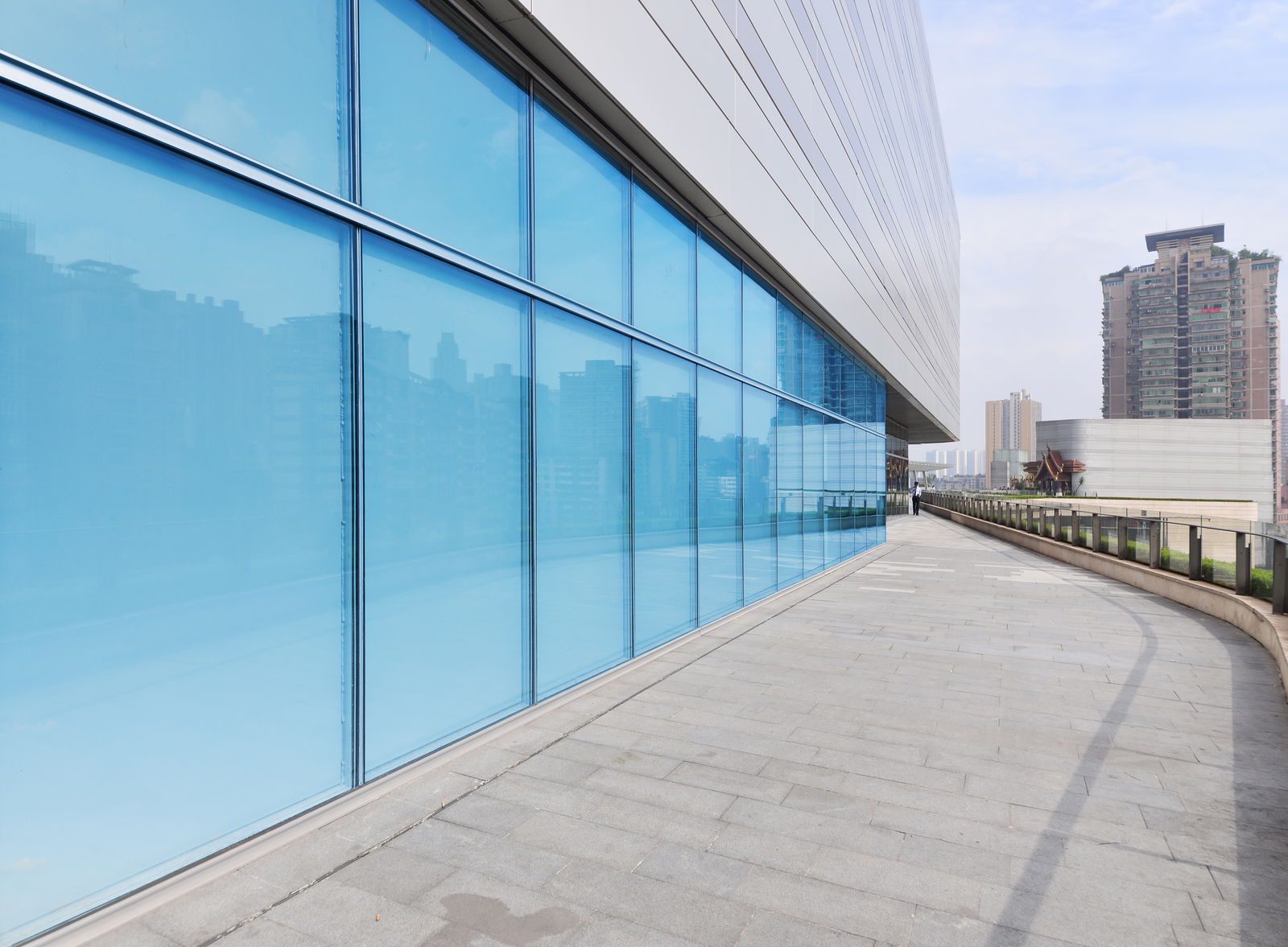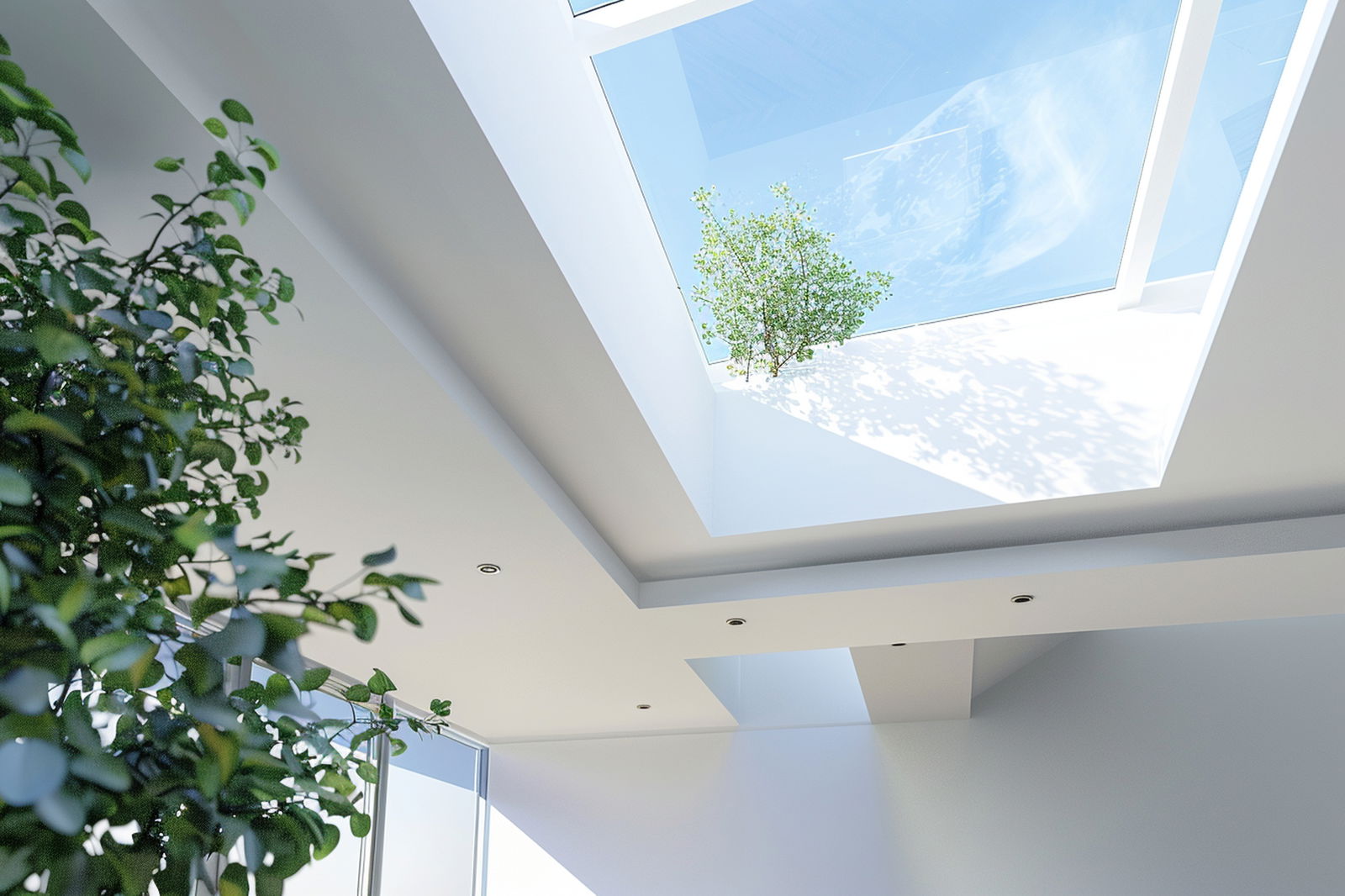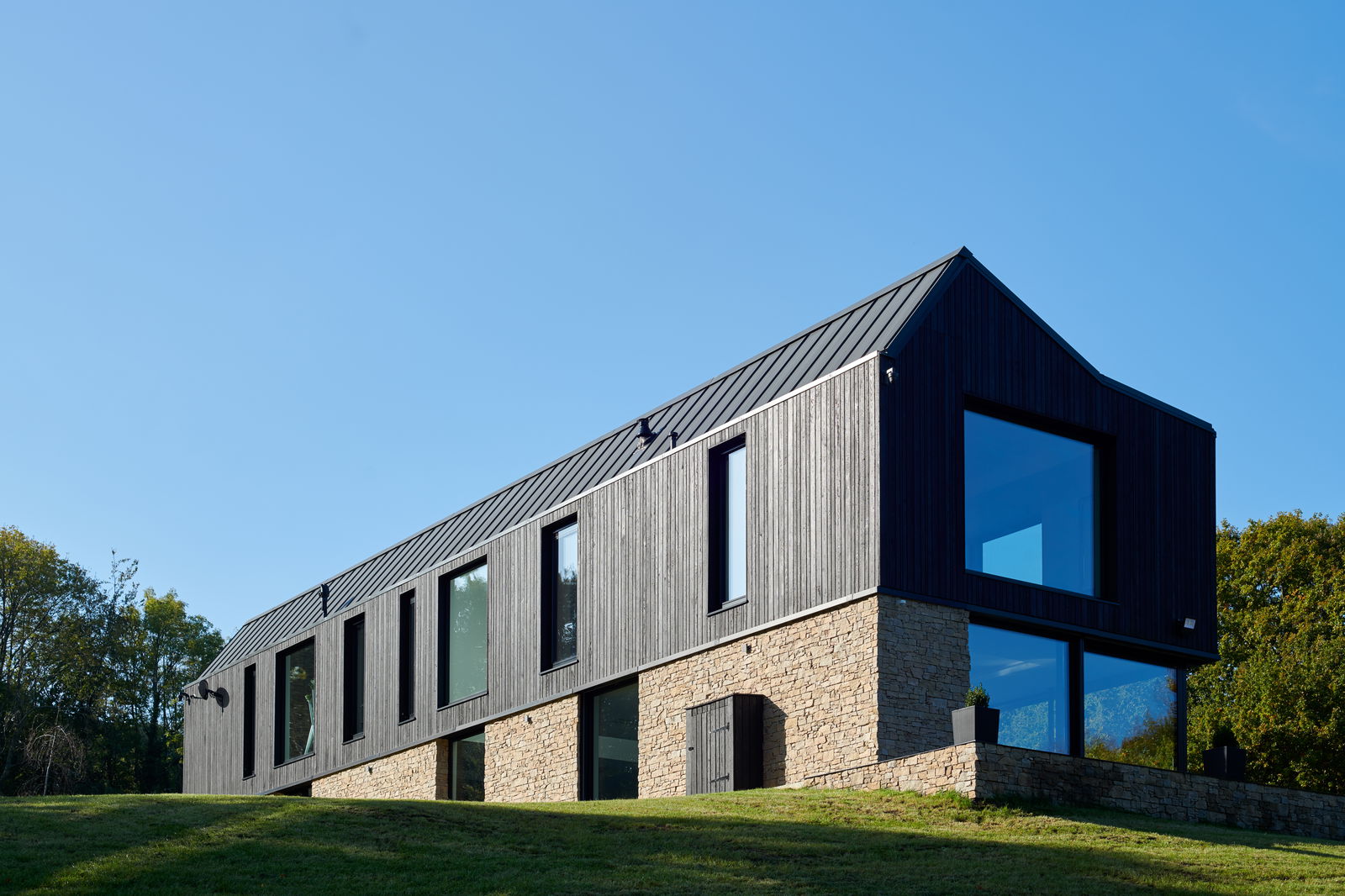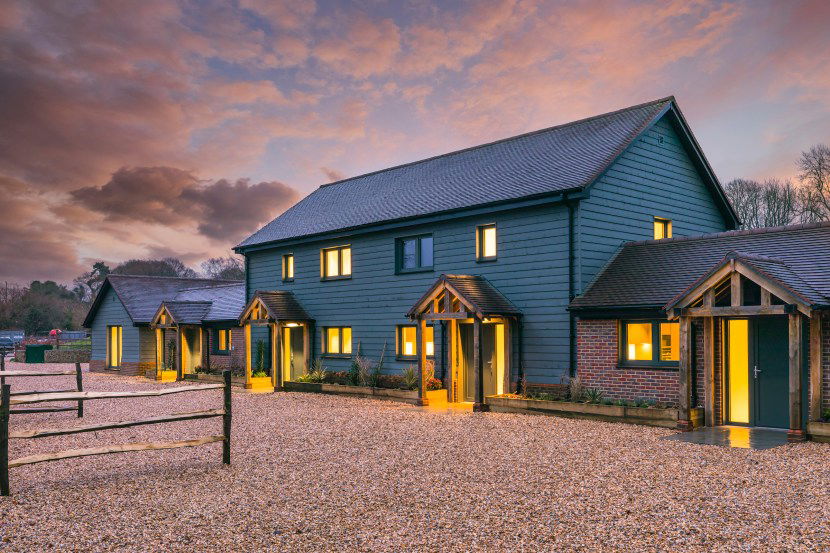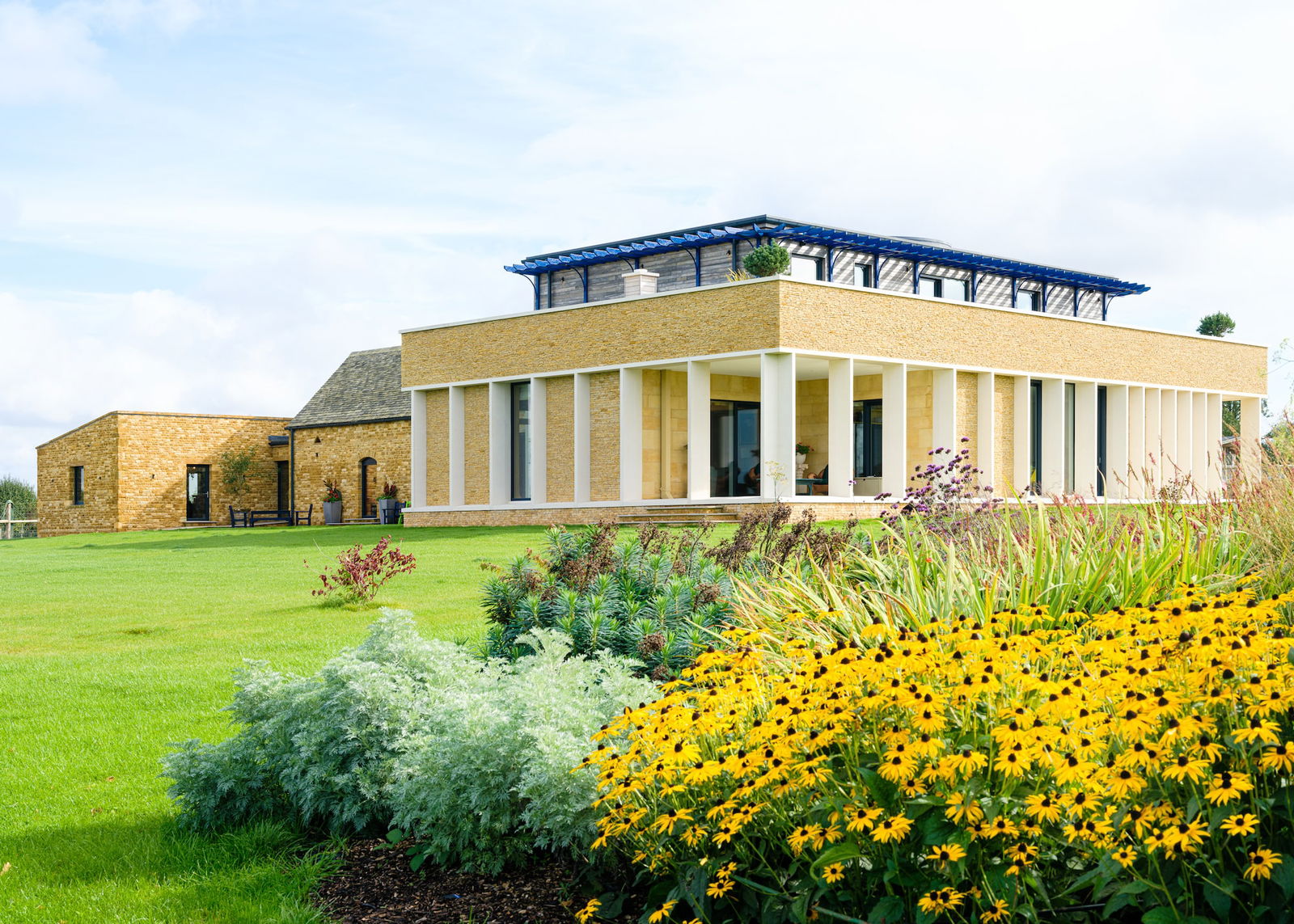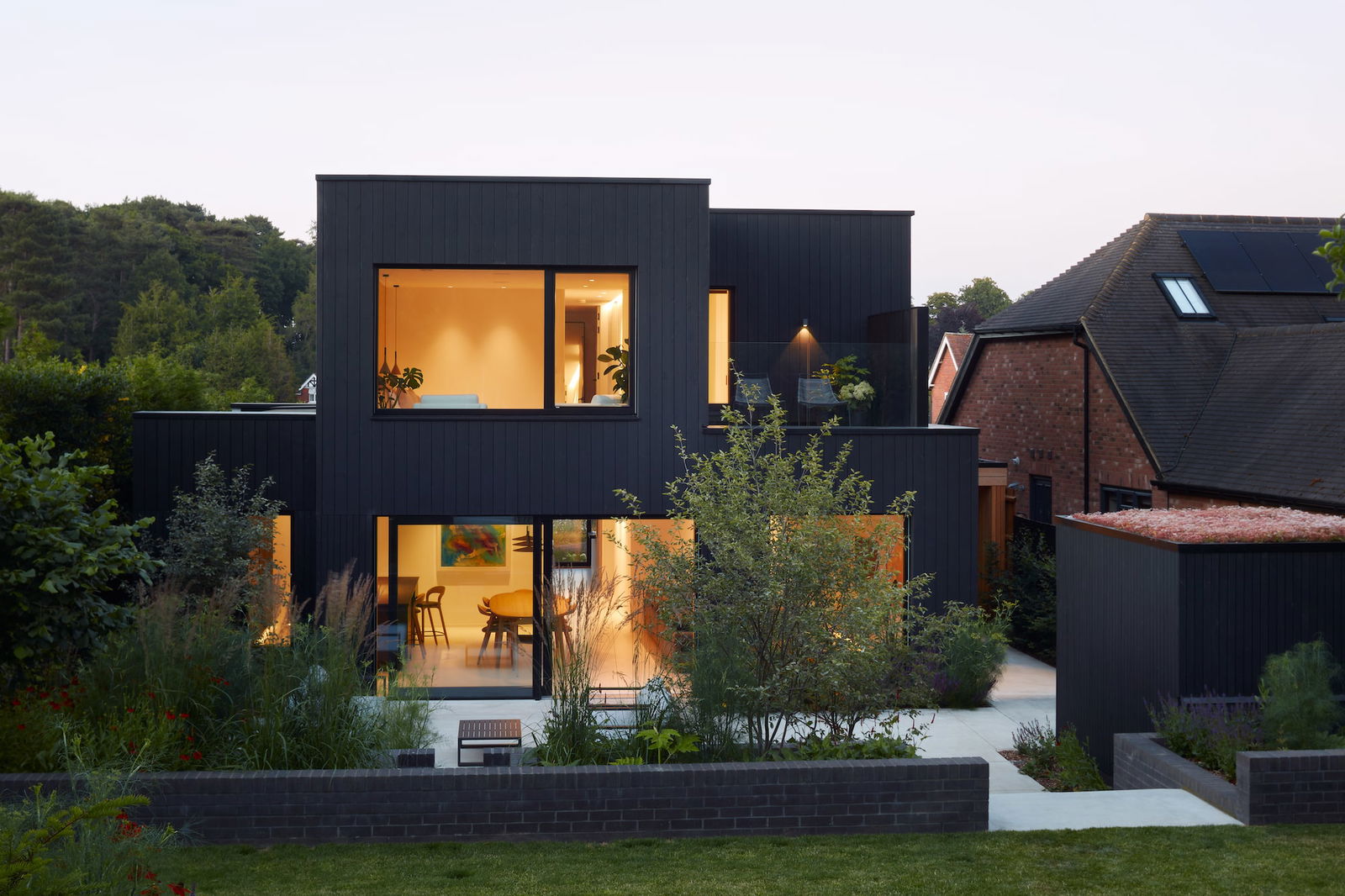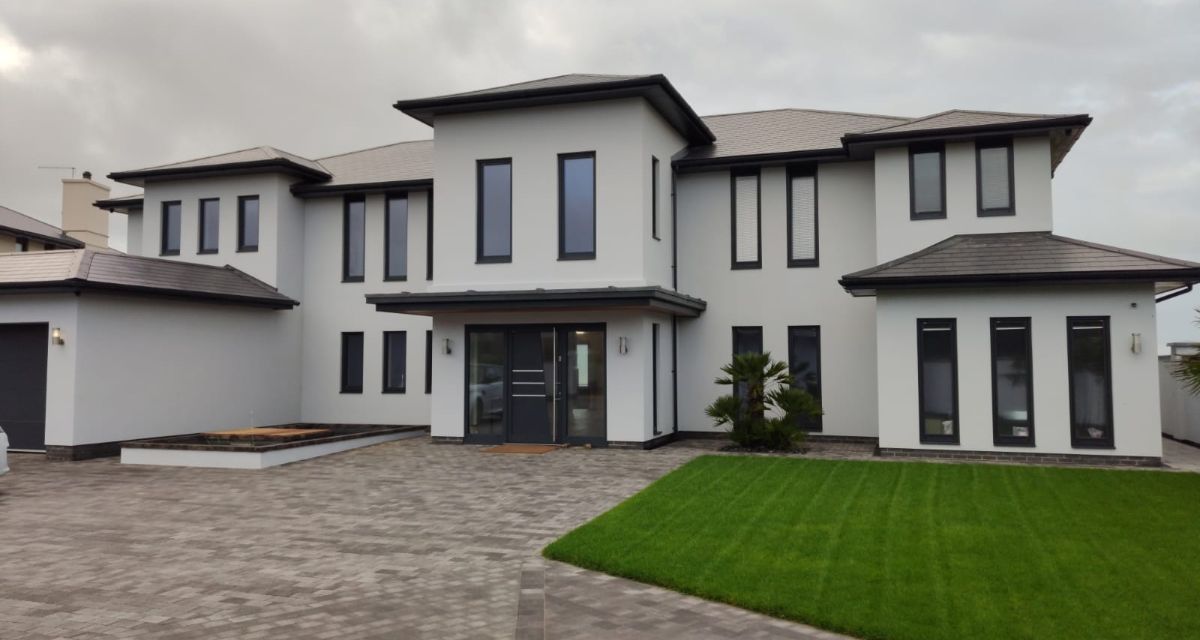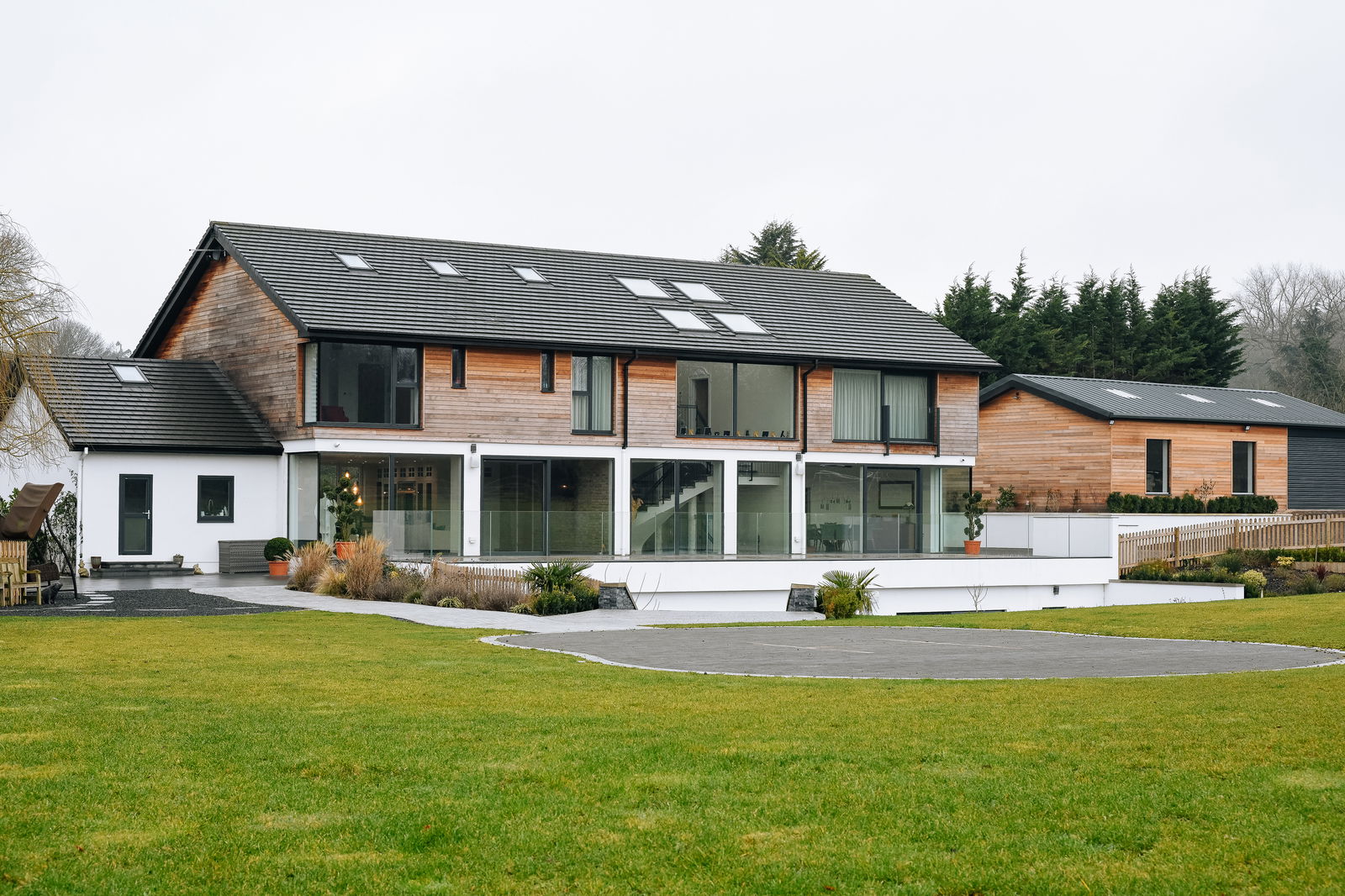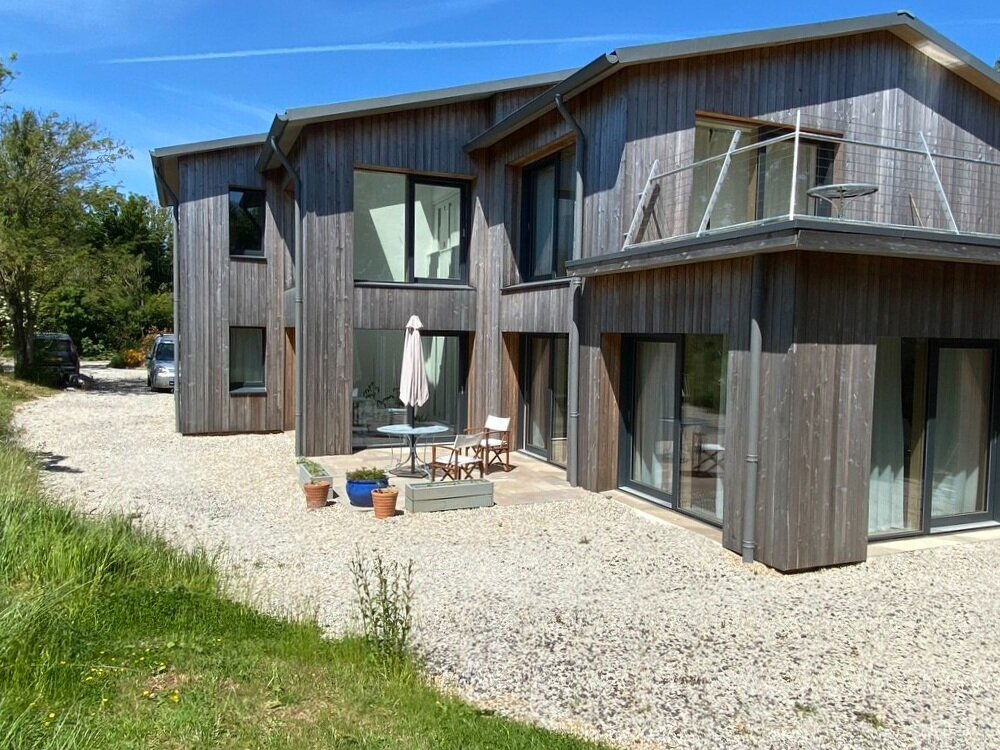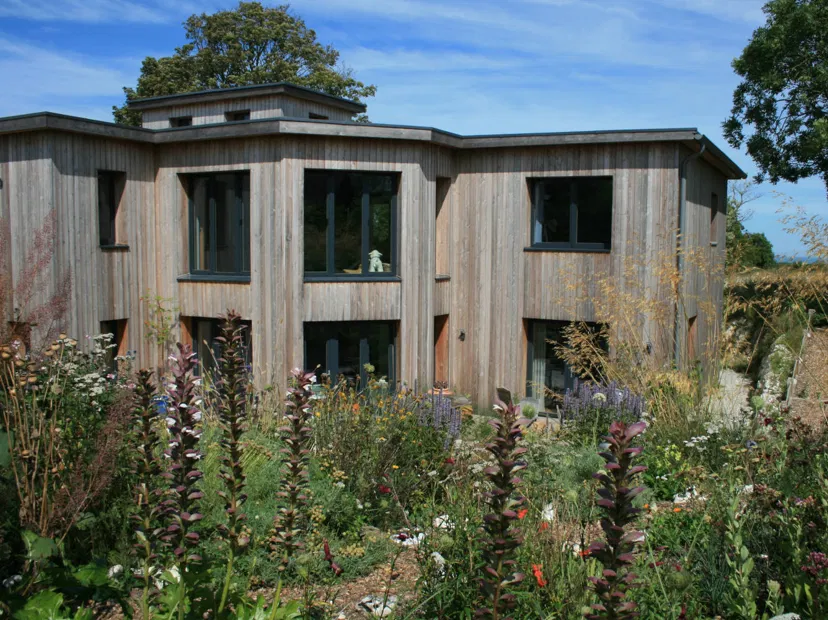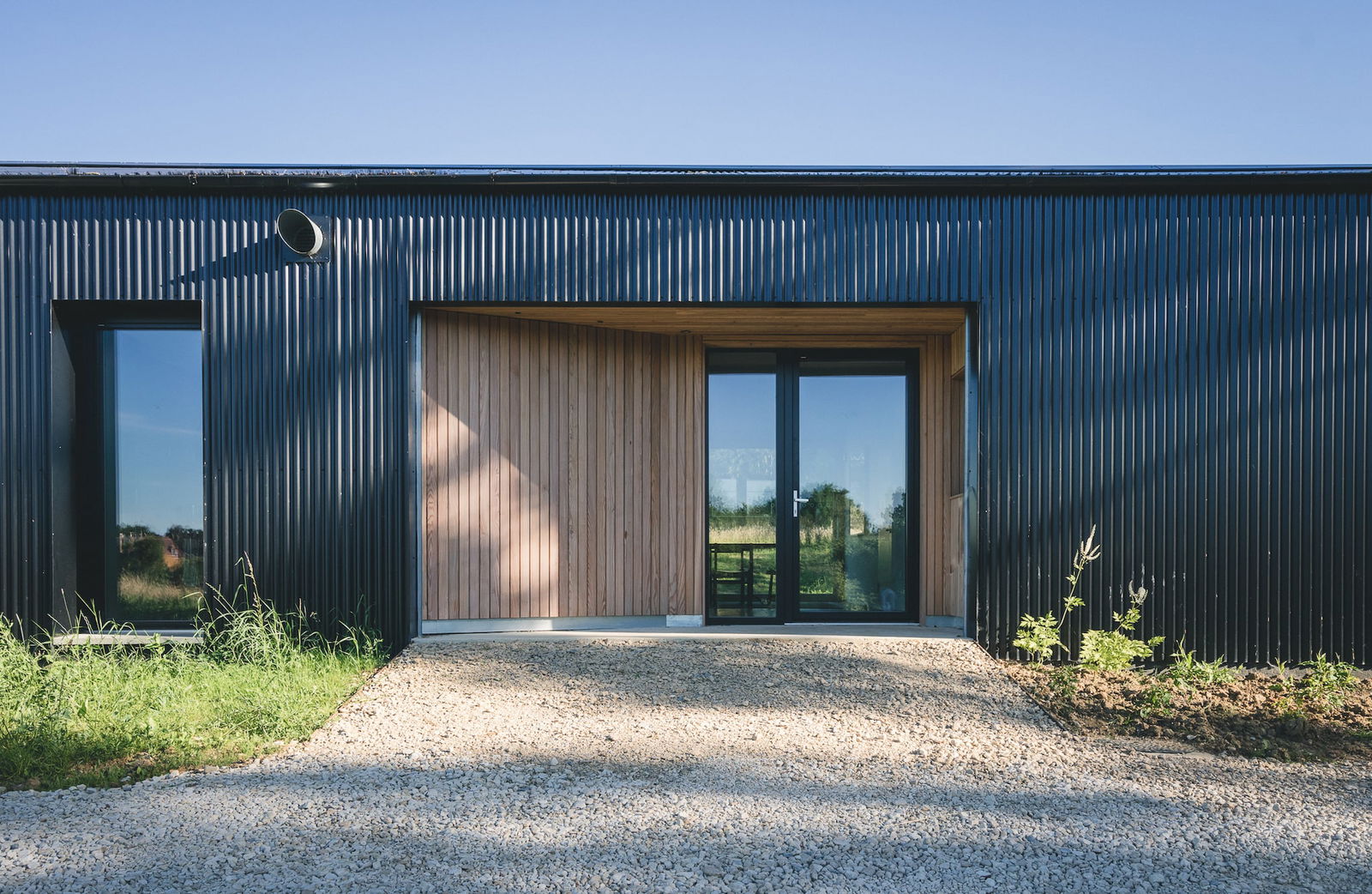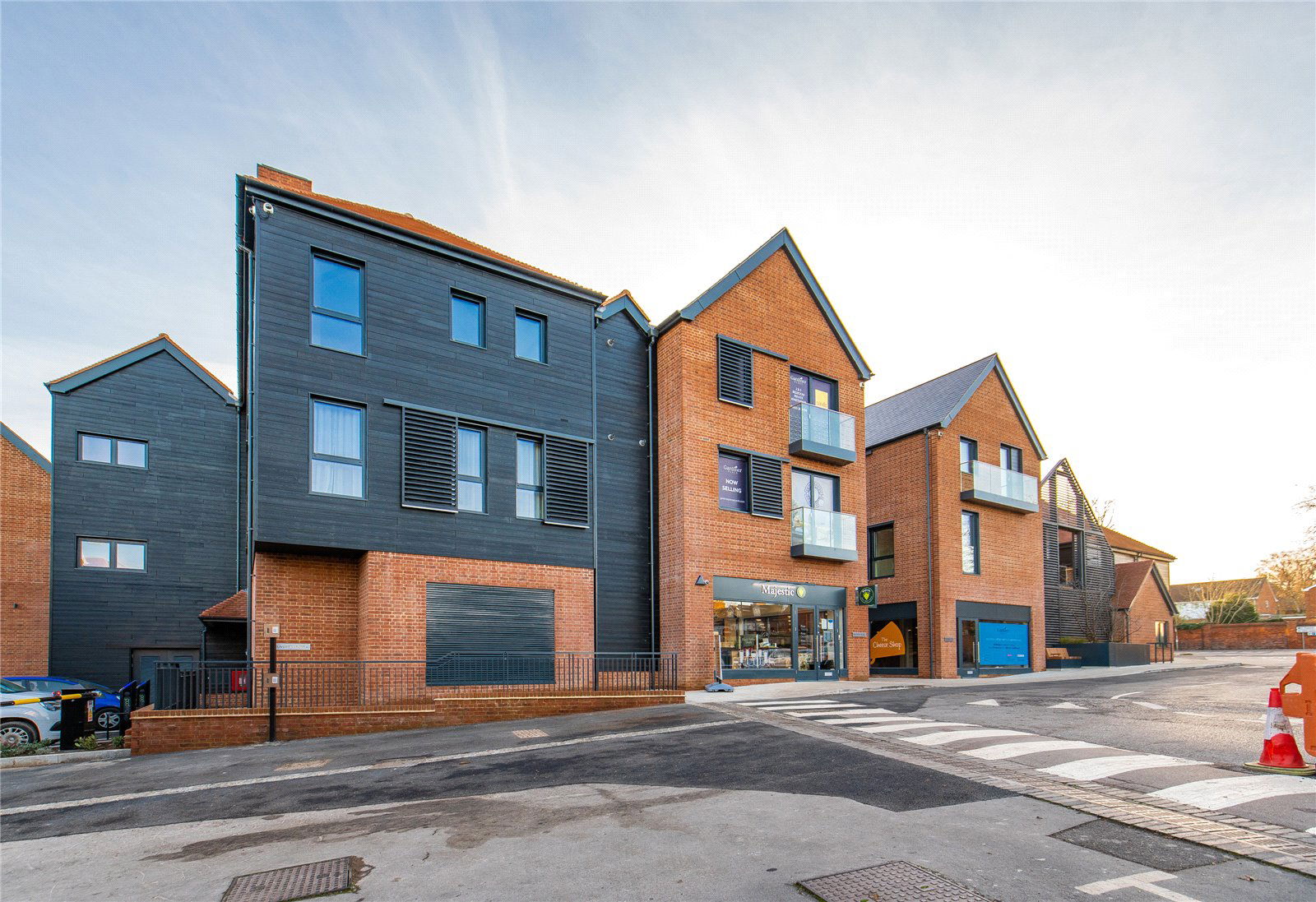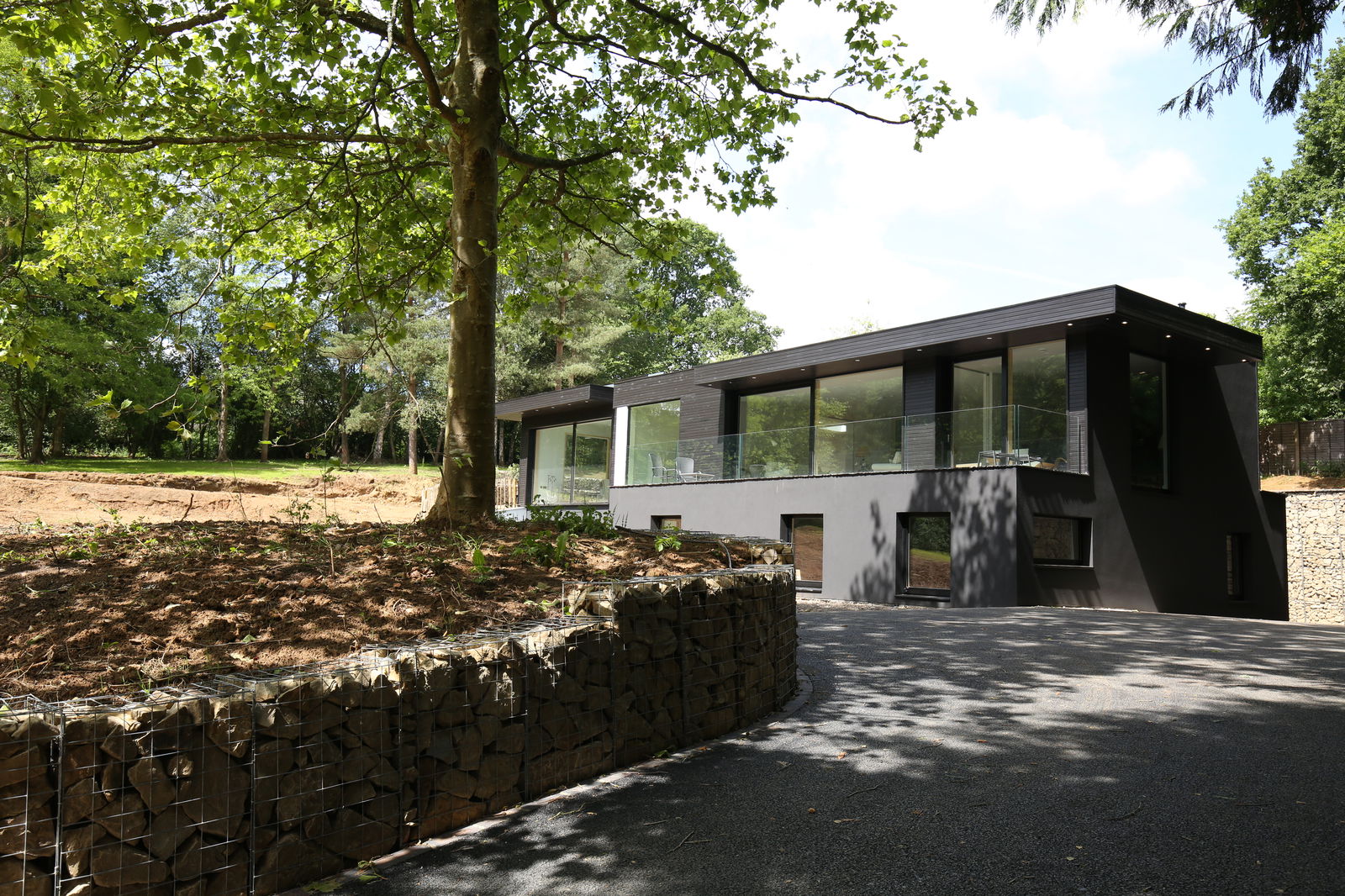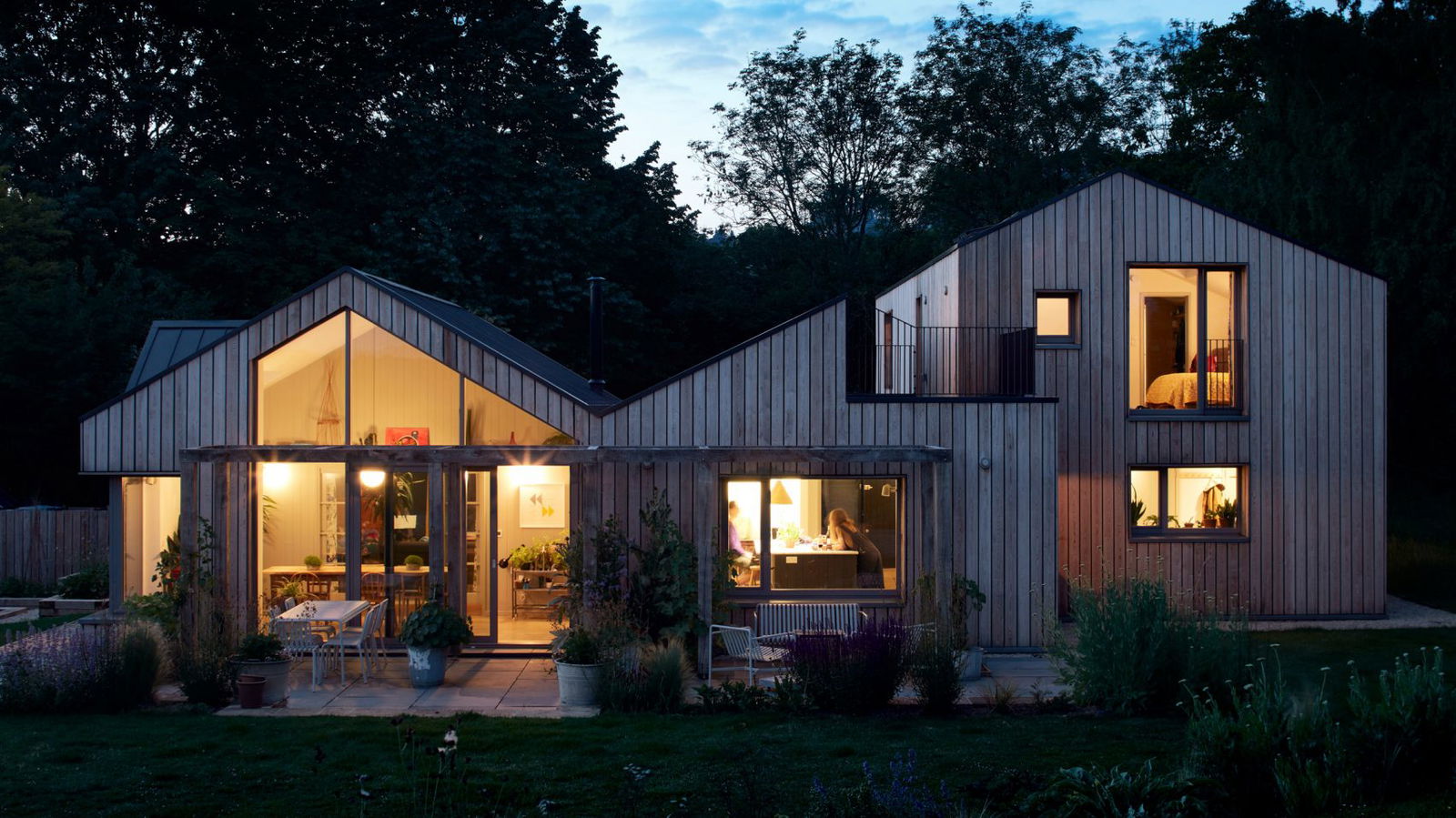1. Understand Window Energy Ratings (U-Value, G-Value & WER)
Energy ratings are the foundation of a well-informed window purchase. These metrics reflect a window's ability to retain heat, let in solar warmth, and reduce running costs.
Key Performance Measures:
- U-value: Measures heat loss. The lower, the better.
- UK Building Regs (2023): Maximum Uw-value = 1.4 W/m²K
- AT-ECO Tip: For future-proofing and Passive House performance, aim for below 0.8 W/m²K
- G-value (Solar Gain): Indicates how much solar heat the window allows in.
- For south or west-facing rooms, lower G-values (0.3–0.4) help prevent overheating.
- WER (Window Energy Rating): A UK rating system from A++ to G, combining U-value, G-value, and air leakage.
- Aim for A-rated or higher for optimal energy performance and resale value.
AT-ECO Insight: In our experience, many homes built before 1990 still have single- or early double-glazed units with U-values over 3.0 W/m²K—meaning three times more heat loss than modern windows.
2. Choose the Right Frame Material
Each window frame material has its pros and cons depending on your home's location, architectural style, and budget.
Material
- uPVC: Affordable, low maintenance, good insulation – Considerations: Less rigid than alternatives; limited styling
- uPVC-Aluminium Clad: Combines uPVC performance with aluminium durability – Considerations: Slightly higher cost than basic uPVC
- Aluminium: Sleek, strong, modern look, good for slim profiles – Considerations: Must be thermally broken to meet insulation needs
- Timber: Great insulation, heritage aesthetics, ideal for conservation areas – Considerations: Needs regular repainting (every 5–7 years)
- Timber-Aluminium Clad: Best of both: warm internal timber + tough exterior shell – Considerations: Excellent for long-term durability and modern design
AT-ECO Insight: In London’s conservation areas—such as Hampstead or Richmond—local planning authorities typically favour materials that preserve historic character. For these properties, we often recommend timber-aluminium hybrids, which offer the traditional aesthetic required by planners while delivering modern performance standards.
3. Select the Right Glazing (Double or Triple?)
Triple Glazing
- Three panes + two air or gas cavities (usually Argon or Krypton)
- Offers up to 40–50% better insulation than standard double glazing
- Helps meet Passivhaus standards
- Especially beneficial in north-facing rooms, rural London homes, or for clients wanting ultimate comfort and efficiency
Double Glazing
- More affordable, widely used, good for moderate insulation
- Fine for low-exposure rooms or outbuildings
AT-ECO Insight: When road noise is a factor (e.g., homes along the A25), triple glazing with acoustic laminate delivers a noticeable difference in peace and quiet.
4. Balance Budget and Long-Term Value
Windows are a long-term asset—think beyond just upfront cost.
Consider:
- Initial Investment: Triple glazing and premium materials cost more—but often reduce heating bills by £300–£800/year depending on home size and condition.
- Maintenance Savings: Aluminium-clad or modern uPVC requires little upkeep compared to repainting timber every few years.
- Increased Property Value: Energy-rated windows are a key selling point in today’s eco-conscious market.
- Don’t forget about installation quality—even the best window won’t perform if poorly fitted. At AT-ECO, our FENSA-certified team ensures airtight, long-lasting results.
5. Additional Considerations for Choosing the Right Window
- Style & Function: Casement, tilt & turn, sash, or fixed—choose what suits your home and room function.
- Orientation: North-facing rooms = prioritise U-value. South-facing = consider G-value to limit overheating.
- Ventilation: Look for windows that allow flexible airflow—especially in kitchens, bathrooms, and upstairs rooms.
- Security: Look for multi-point locking and PAS24 or Secured by Design (SBD) certification for added peace of mind.
Conclusion: Let AT-ECO Help You Choose with Confidence
From selecting frame materials to balancing energy performance and aesthetics, choosing new windows doesn’t have to be overwhelming. With expert guidance, you can get it right the first time.






